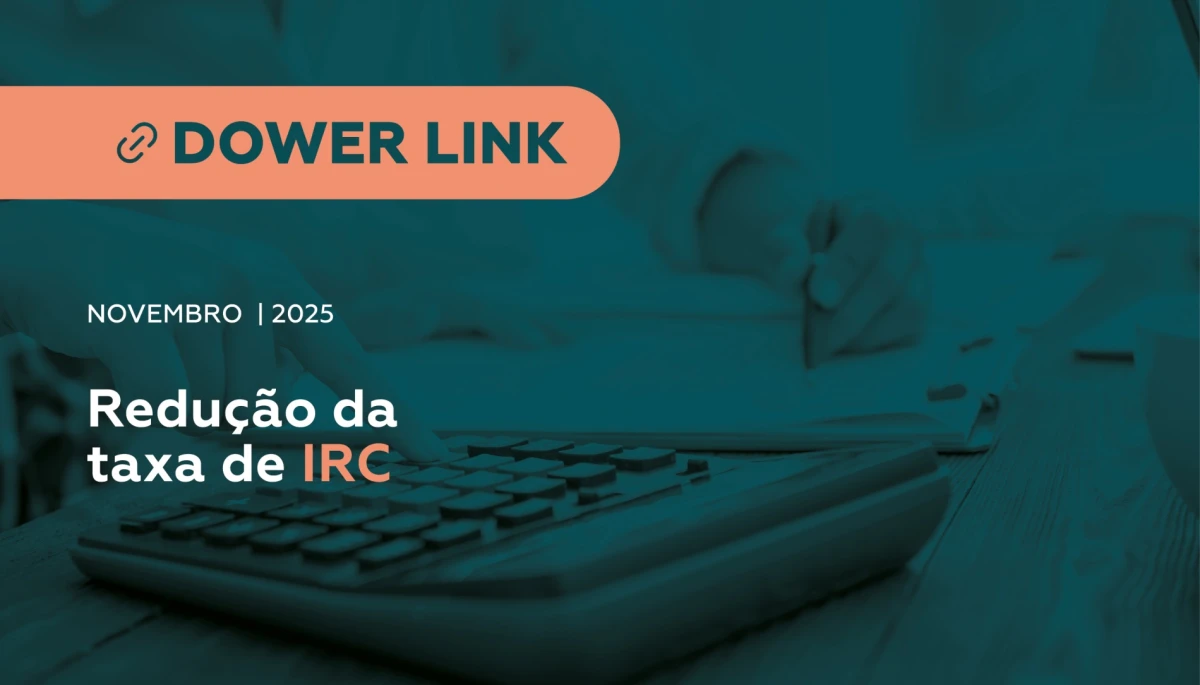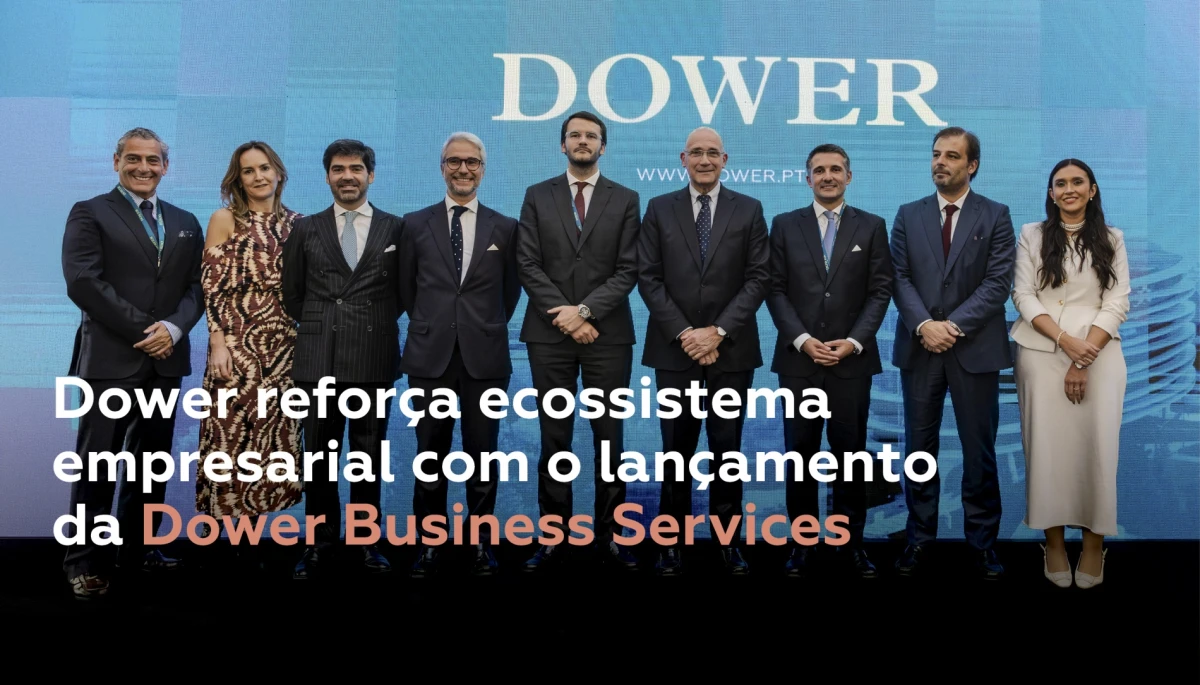
Pay Gaps: Planning Today to Avoid Problems Tomorrow

More than just a legal formality, the pay gap assessment plan can become a valuable human resources management tool.
This year, the Authority for Working Conditions (ACT) has already notified around 4,000 companies with 50 or more employees to submit a pay gap assessment plan whenever, based on the data in the submitted Single Report, a gender pay gap of 5% or more is detected.
The assessment plan is a document in which pay differences between women and men performing equal work or work of equal value are identified and evaluated, based on objective, neutral, and non-discriminatory criteria.
The challenge is considerable, and time is of the essence—especially for companies notified by ACT in January 2025, whose deadline to submit the assessment plan is July of this year.
However, this should not be an exercise limited only to companies notified by ACT. From the outset, the law foresees other situations where companies may be required to submit the plan, such as when a worker alleges pay discrimination or when notified by the Commission for Equality in Labour and Employment (CITE).
But more than a mere legal formality, the pay gap assessment plan can be a valuable human resources management tool by enabling companies to objectively analyze their pay practices and identify possible differences in remuneration among workers performing equal work or work of equal value—differences that might otherwise go unnoticed.
Implementing this assessment plan is a strategic decision for any company wishing to position itself as a reference in good labor practices, equality, and pay transparency, and to strengthen its reputation as an employer committed to promoting a fairer and more inclusive work environment.
It is an opportunity for companies to become agents of a paradigm shift in pay practices—a trend that will certainly intensify in the coming years, especially in light of the growing salary transparency requirements imposed by the European Union.
Furthermore, by taking a proactive approach and offering clear, fair, and transparent working conditions—which are increasingly decisive factors in candidate selection and employee commitment—companies enhance their ability to attract and retain talent.
The decisive moment is now: choosing to lead is about anticipating the future and driving change, while companies that fail to adapt risk losing talent, reputation, and competitiveness.



